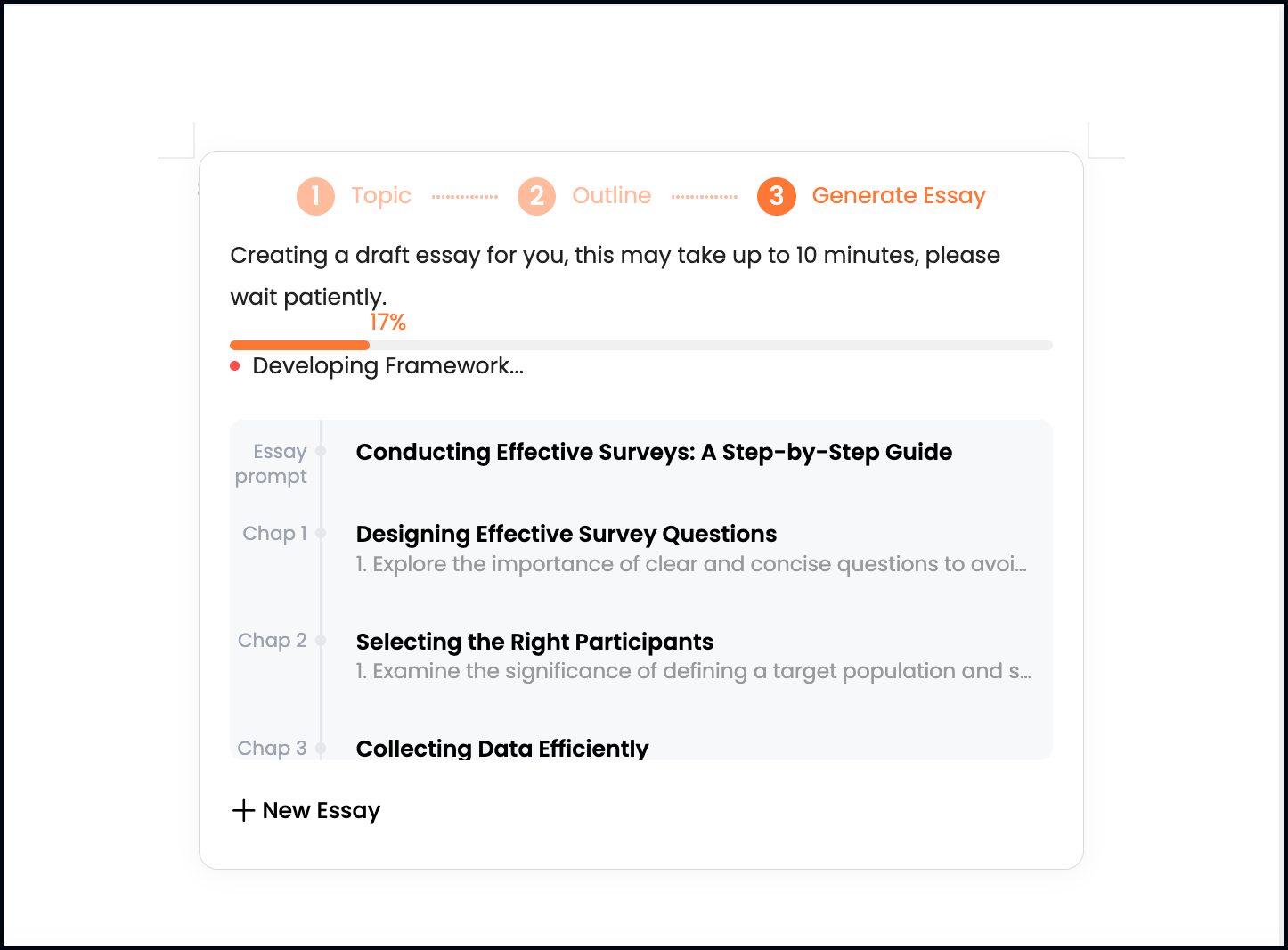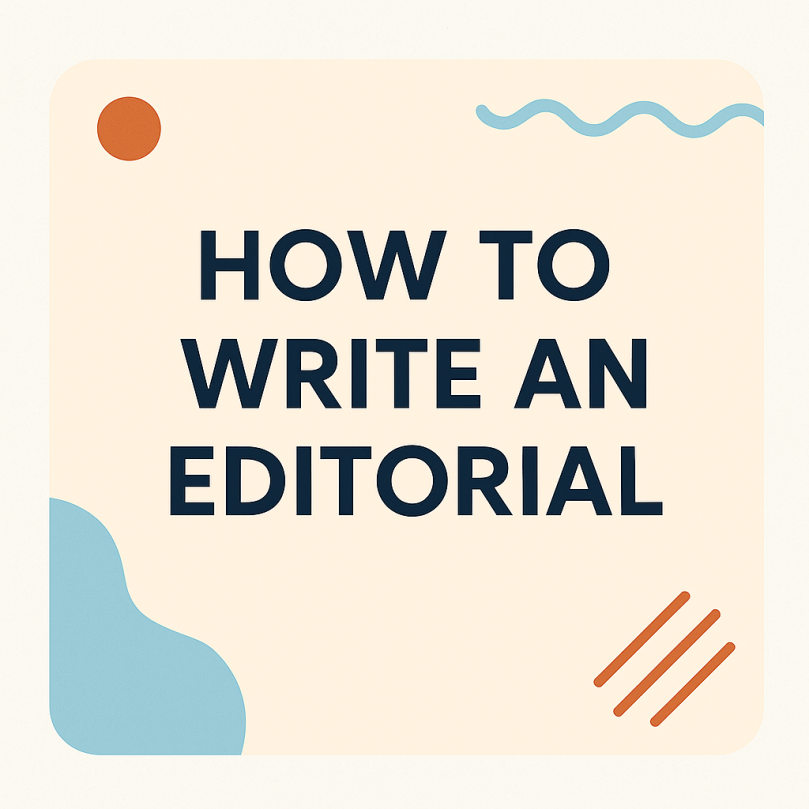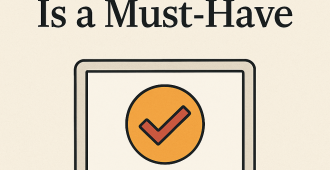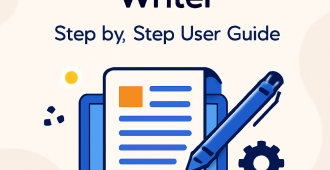Ever wanted to write an editorial but didn’t know where to start?
You’re not alone. Whether it’s for a class, your blog, or a local paper, putting your thoughts into a clear and persuasive editorial can feel overwhelming at first. But once you get the hang of it, it’s one of the best ways to express your views, spark conversations, and even influence change.
In this guide, we’ll walk you through the basics of how to write an editorial—step by step. Plus, we’ll show you how tools like Oreate AI can make the process easier, from generating ideas to polishing your final draft.

What is an Editorial?
So, what exactly is an editorial, and how is it different from a regular article?
Editorials are opinion pieces that reflect the writer’s take on a current issue. You’ll usually find them in newspapers, blogs, and digital media platforms. The goal? To persuade readers to consider your point of view—or even take action.
Typically, an editorial includes:
-
Catchy introduction: Start with a surprising fact, a question, or a bold statement. Then clearly state your opinion.
-
Clear Arguments: Offer reasons, evidence, and examples to support your view, it would be better backed by examples or data.
-
Strong Conclusion: Summarize your key points and leave the reader with a call to action or something to think about.
How Editorials Make an Impact?
-
Interpretation & Explanation: Break down complex issues and explain your viewpoint clearly.
-
Criticism: Evaluate decisions and actions with examples the audience can relate to.
-
Persuasion: Offer practical solutions to motivate readers toward positive change.
-
Praise: Highlight people or groups who have already made a difference (when relevant).
Editorials help us analyze important topics, provide constructive criticism, and suggest solutions—all while inspiring readers.
Ready to try writing one yourself? Let’s go through the full process step by step.
How to Writing an Editorial with Oreate AI?
These days, writing a powerful editorial is much easier than it used to be—thanks to smart AI tools. With platforms like Oreate AI Essay Writer, you don’t have to start from a blank page.
Oreate AI works as your personal writing assistant, helping you create all kinds of content—from short opinion pieces to in-depth editorials. Whether you’re stuck on the topic or just want to speed things up, Oreate makes the process smoother. It gives you a strong first draft that you can easily refine to match your voice.
Here’s a simple 5-step guide to writing a compelling editorial, along with how Oreate AI can support you at each stage:
1. Pick a Timely Topic
Start by choosing a topic people care about—something relevant and worth discussing. It could be a social issue, a policy debate, or a trending concern.
Enter your topic into the Oreate AI Essay Writer. It will instantly generate an outline with clear angles and structure to guide your piece.
2. Review and Adjust the Outline
Check the generated outline and make sure it fits the message you want to deliver. Add or remove points as needed. You can ask Oreate to regenerate or expand your outline with different perspectives or more detailed points.

3. Generate the Editorial
Once your outline is ready, let Oreate AI turn it into a full editorial draft. The tool builds well-structured content with logical flow and persuasive tone.
4. Edit and Finalize
Now read through the draft and polish it to match your personal style. Adjust the introduction, transitions, and fine-tune the conclusion if needed.
Oreate can help refine your draft—rewrite awkward sentences, improve clarity, and even humanize the tone so it sounds more natural.
Practical Skills for Writing Editorials
Of course, Oreate AI is here to give you a strong first draft—but to write a truly powerful editorial, you’ll still need a few practical writing skills.
-
Know your audience: Tailor your tone and examples to the readers you want to reach.
-
Use persuasive language: Appeal to emotions, logic, and credibility to connect with your audience.
-
Address opposing views: Show you understand other opinions, then explain why your view stands stronger.
-
Keep it clear and simple: Avoid jargon and complex words so everyone can follow your ideas.
-
Edit carefully: Check your work for flow, clarity, and mistakes to keep readers engaged.
Want to take your skills even further? Let’s look at some timely topics you could explore next.
Editorial Topic Ideas?
Not sure what to write about? You’ve got plenty of great options.
Here are some editorial topic ideas based on current trends and social conversations. These can help you get inspired and find a subject that truly matters to you.
-
The Future of Jobs and Artificial Intelligence:
-
Social Media’s Impact on Teen Mental Health
-
Digital Privacy and Data Security
-
Education Equity:
-
Vaccine Hesitancy and Public Health:
-
Promoting Sustainable Lifestyles:
-
Youth Activism and Social Change
-
Freedom of Speech vs. Online Censorship
These topics encourage deep thinking and can inspire your own unique editorial.
Final Thoughts
In short, writing a good editorial isn’t just about sharing opinions—it’s about shaping conversations and inspiring change. With clear steps, persuasive writing, and smart tools like Oreate AI, you can create editorials that resonate, educate, and motivate readers.
Start crafting your editorial today, and make your voice count on the issues you care about!



